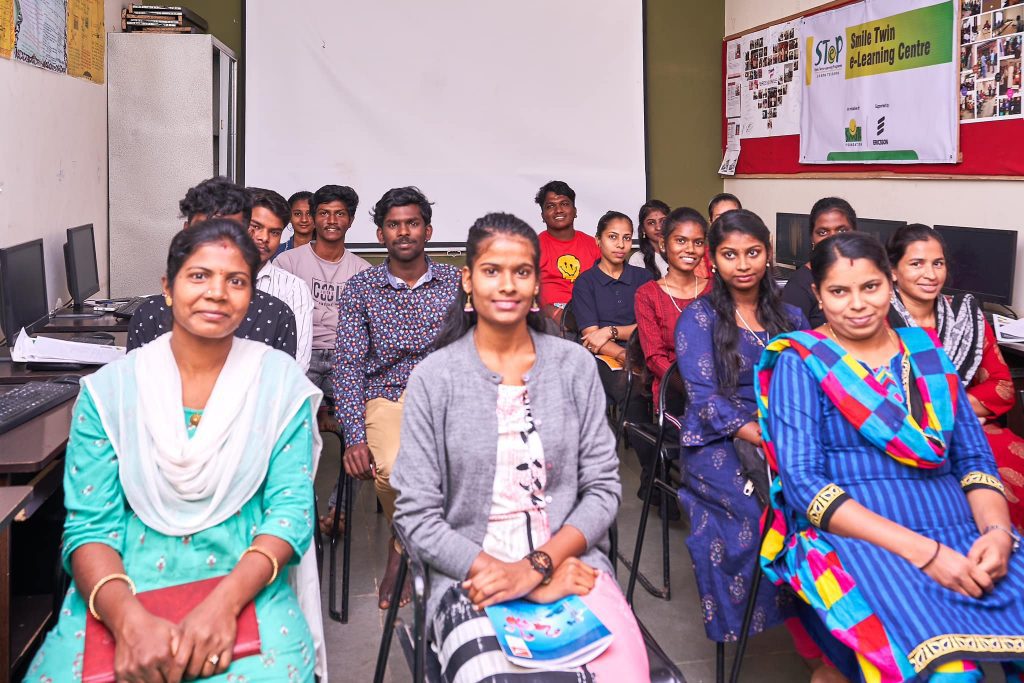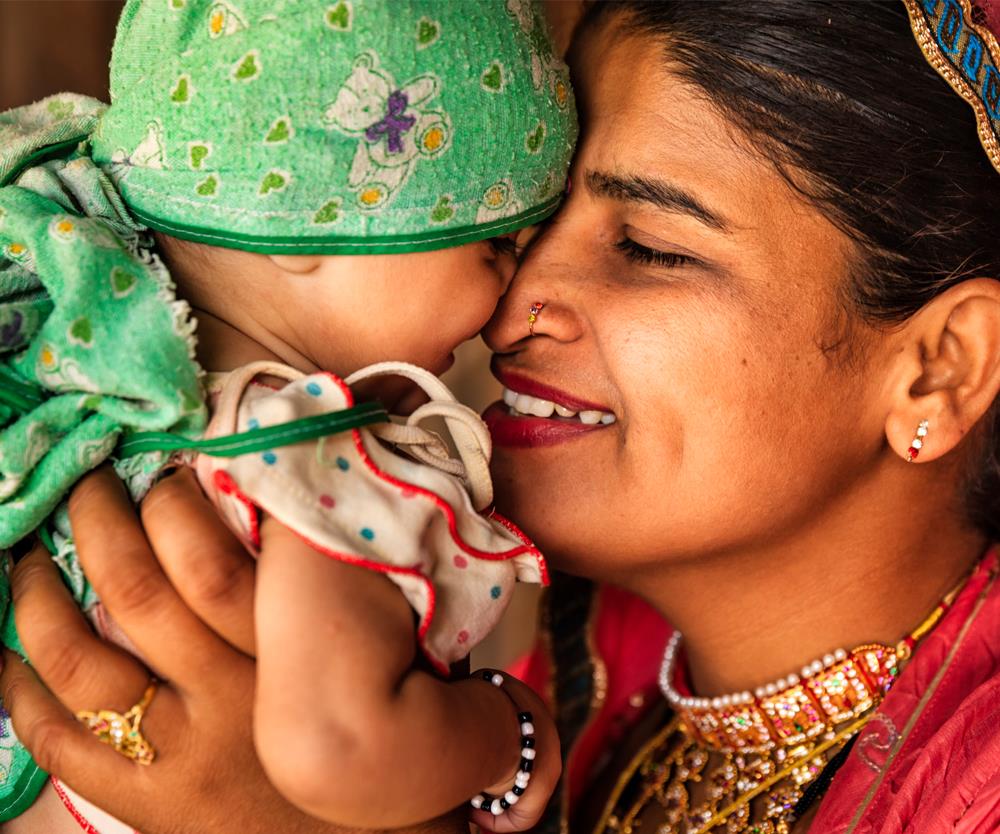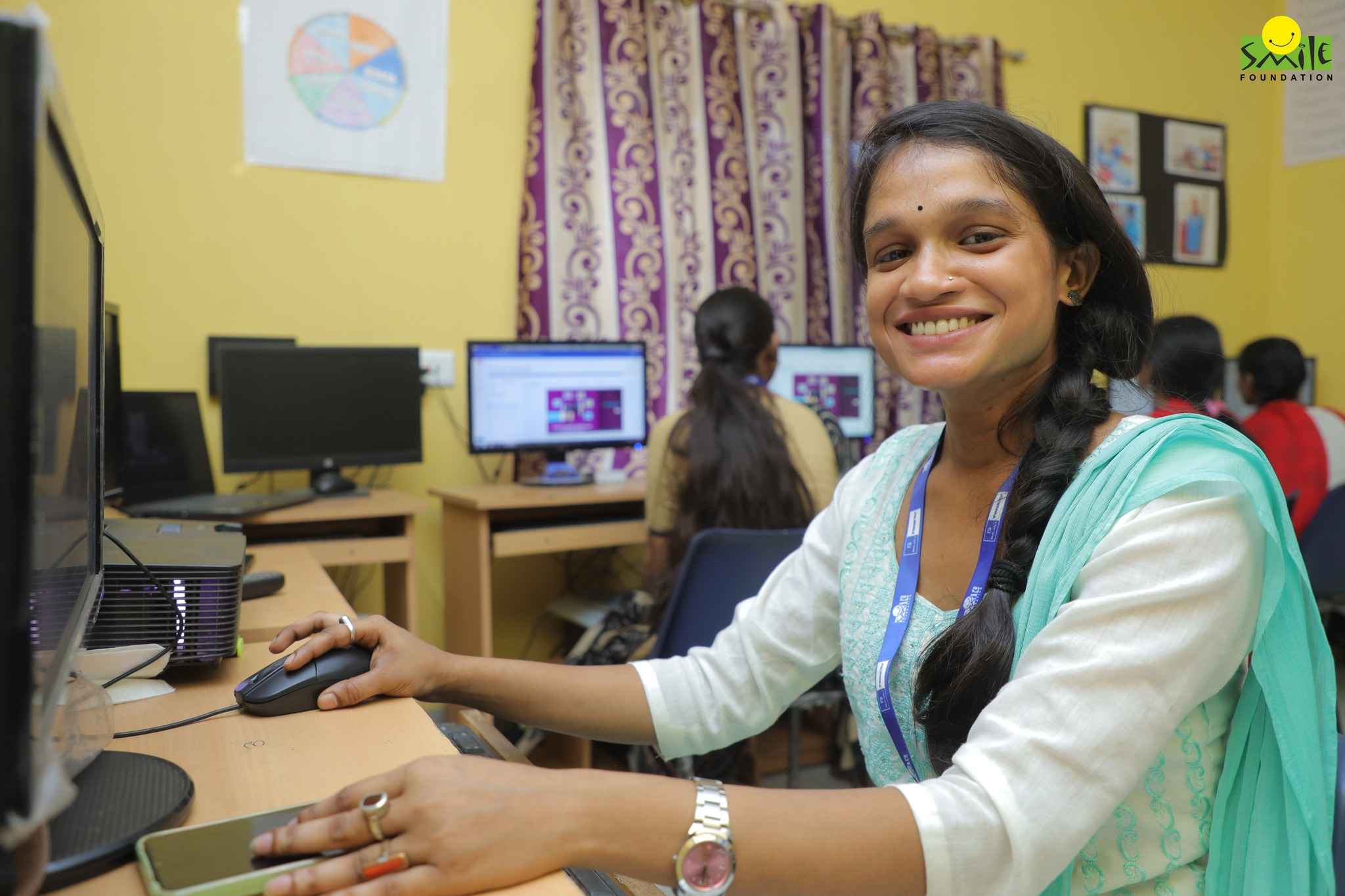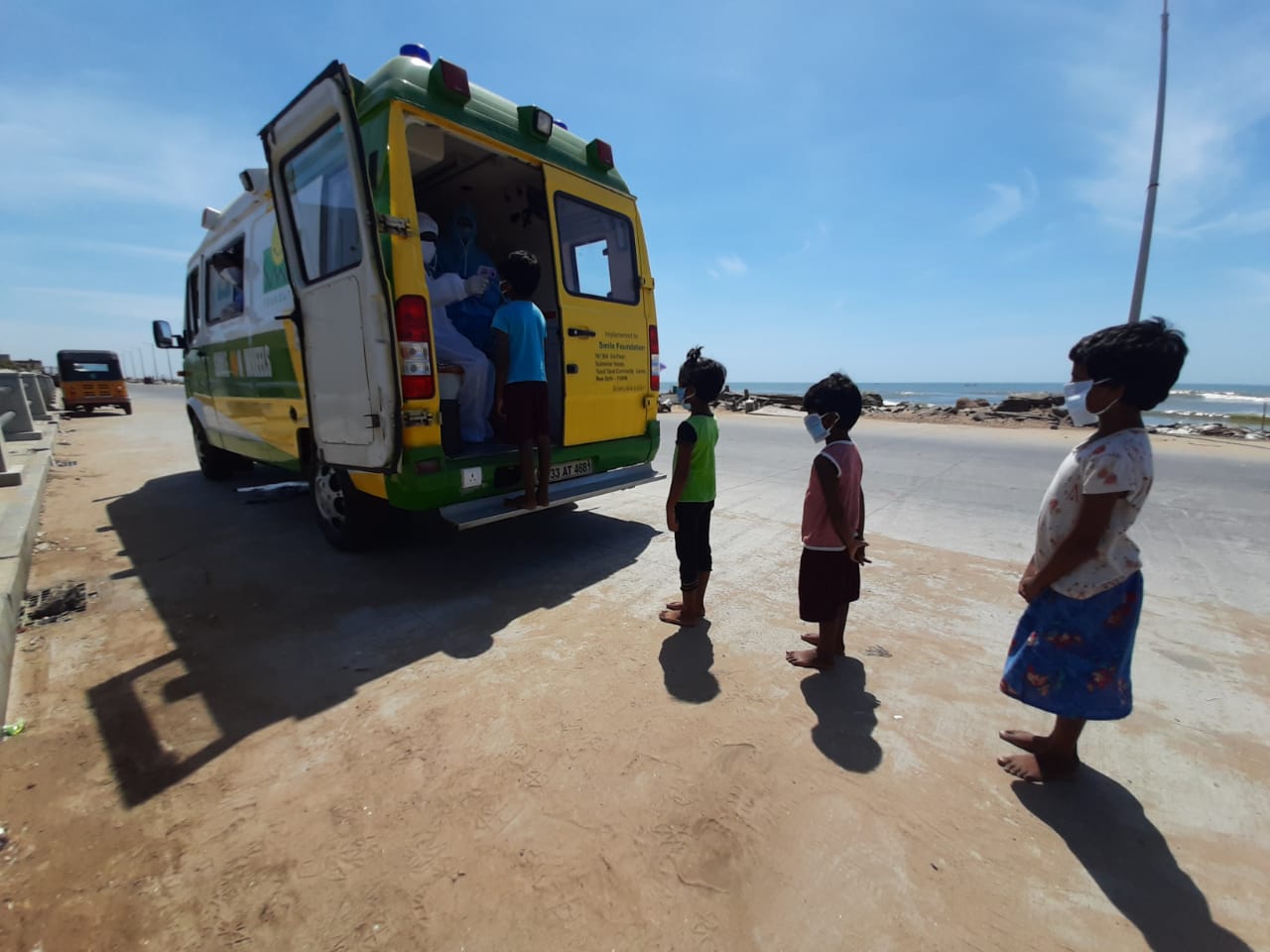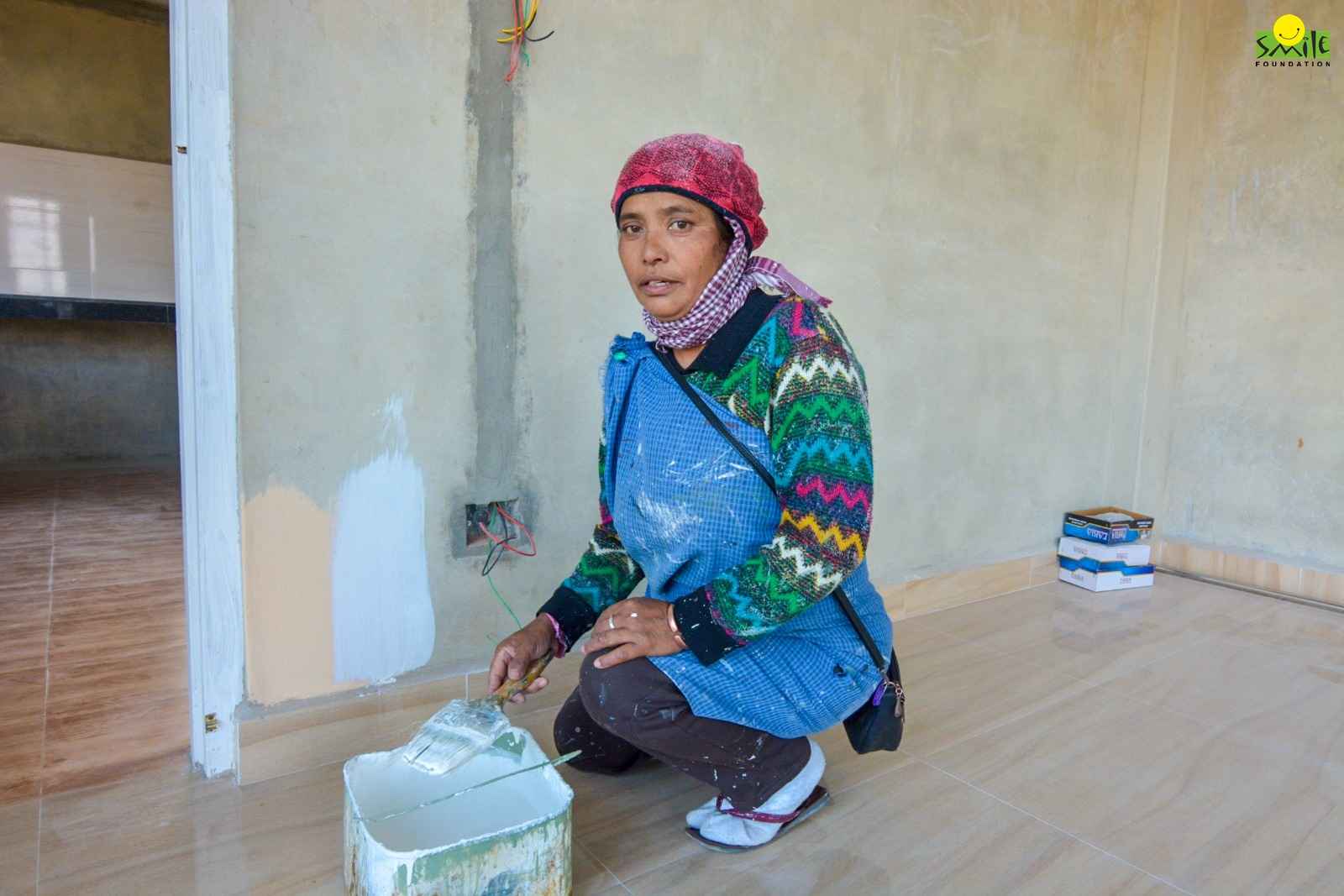Recently, China reported its first population decline in 60 years, leaving India to soon become the world’s most populous country in the world. With an estimated 50 million people surviving on less than $2 per day, the growing population is alarming. It will worsen poverty and hunger problems. It has become more important than ever to address livelihood opportunities to make sure the country’s economy remains sustainable and inclusive.
The population of India in 2023 has crossed 1.4 billion, with the majority of growth coming from rural areas. The rural population which comprises nearly 70% of the total population mostly depend on agriculture for their livelihood. With the changing times and growing population, the agriculture sector alone cannot provide enough employment. Therefore, there is a need to focus on creating livelihood opportunities in other sectors as well.
Livelihood Opportunities in a More Populous World
Livelihood opportunities include various avenues available for people to make a living. It could be anything from traditional occupations like agriculture and handicrafts to modern-day jobs like IT, finance, manufacturing, and travel & tourism. With a population of over 1.4 billion, there’s a new demand for employment opportunities across all sectors of the economy.
In addition to creating new jobs, the government needs to improve the quality of existing jobs. A lot of people in India are underpaid, working in low-paying and low-skilled jobs that offer few opportunities to advance their careers. To address this problem, both the government and the private sector need to invest in training and education programmes. This should be done to aid people hone skills and achieve their career goals.
Another important sector that needs focus is entrepreneurship. The government needs to support and encourage entrepreneurs. This includes providing access to capital, mentorship, and other resources that can help startups succeed. This will help India create industries and jobs that encourage innovation and creativity.
On the socioeconomic front, we also need to address the distortions that limit access to capital and land, to allow new/first-generation entrepreneurs to grow and build a solid base and compete with larger firms.
What’s Happening on the Ground?
Currently, in India, big/tier 1 cities are too expensive. For firms to remain competitive, they need to be able to shift to smaller cities and towns where costs are lower. However, these smaller cities do not currently have the required infrastructure- both physical and human, to support such a move.
The government needs to act to improve physical infrastructure and take steps to improve human capital by way of relevant education and training, especially in Tier 2/3 cities so that the transition and spread of manufacturing and service sector to these smaller cities and towns happens rapidly. This will provide a strong impetus to competitiveness and related job growth in less industrialised States and cities.
Such a strategy becomes even more critical at a time when India is trying to benefit from the actions of large corporations to reduce dependence on other countries for manufacturing. India has to immediately act to improve global ratings on education, skills, life expectancy, and health, and the resultant upgrade in human infrastructure. The pace of job creation is intricately interwoven with higher investments in education and skill development.
Women in the Radar
Let’s also not forget that women play a vital role in the development of society. Their voices and participation eradicate poverty and malnutrition. Women population in India makes up 48% of the total population and yet they’re largely excluded from the formal workforce due to social and cultural norms. Without education, they don’t have enough job opportunities.
Problems like poverty and unemployment cannot be solved by men alone. It is vital to stress on the importance of population education, which refers to education on population-related problems such as family planning, reproductive health, and population growth.
Women who are empowered have better access to education, which leads to better job opportunities and higher earning potential. It also leads to improved financial inclusion for women, including access to credit and saving programmes. This will also help women start and expand their businesses and improve their livelihoods.
Women empowerment programmes can help women hone their skills to start and manage a business or get better job opportunities. Moreover, when women are empowered, they get access to better job opportunities as well as resources and services that help improve livelihoods.
Financial Independence and its Fight Against Poverty
Access to livelihood can help fight poverty in India. Poverty not only affects the individual’s standard of living but affects the country’s overall economic growth. By creating livelihood opportunities, people can earn a sustainable income, and reduce poverty levels.
They can also lead to an increase in local economies, which in turn increase the overall economic growth of the country. Besides poverty and illiteracy are the two driving forces for overpopulation in India. People from poor families turn a blind eye to education as a solution to improved living standards and instead believe that the bigger the family they have, the bigger their chances to earn a livelihood.
Livelihood opportunities need to include marginalised communities, which include scheduled castes, scheduled tribes, and other backward classes. People belonging to such communities face challenges in accessing better education and employment opportunities, which excludes them from society. The government needs to implement schemes, policies, and special programmes for skill training and entrepreneurship development.
There needs to be proper utilisation of land; small areas of land need to be used to their maximum limit. Usage of land needs determination by the number of workers, marketing and traffic-related arrangements available and the value and quantity of a commodity, and more. In the case of wastelands and dry lands, constant improvements must be implemented to make them useful.
Interestingly, India’s growing population presents both opportunities and challenges when it comes to creating livelihood opportunities. By focusing on the creation of new jobs, supporting entrepreneurship, developing infrastructure, and addressing inequality, we can create a more inclusive and sustainable economy that benefits everyone.
This, no doubt, requires a collective effort from both the government and private sector to ensure. Our large-population-related problems can be converted into an opportunity to maximise growth and human development.
Smile Foundation and Livelihood
Smile Foundation in its efforts toward increased livelihood opportunities is reimagining its livelihood programme, STeP, and integrating courses that best serve the current generation and their needs. Right from BFSI, digital marketing, healthcare, core employability, BPO, and retail management, every modern and relevant skill training course is provided to the youth of lower social stratum who need direction towards getting a skill-oriented livelihood.



